Results 6,091 to 6,100 of 12091
Thread: Anandtech News
-
06-27-16, 07:06 AM #6091
Anandtech: The Intel Compute Stick (Core m3-6Y30) Review
Small and power-efficient computers in the form of NUCs and Compute Sticks are here to stay. The Compute Stick form factor is the x86 version of the popular ARM-based HDMI sticks. The first generation x86 Compute Stick came from Intel and used a Bay Trail-T SoC. At the 2016 CES, Intel introduced a Cherry Trail version, as well as two Skylake Core M-based models. Read on for our review of the STK2M3W64CC Compute Stick based on the Intel Core m3-6Y30.
More...
-
06-28-16, 05:34 PM #6092
Anandtech: Turtle Beach Demos HyperSound Glass: Transparent Speakers Made of Glass
Turtle Beach has announced that it had built its first transparent directional speakers featuring its HyperSound technology. The company demonstrated an early prototype of the speaker set publicly at the E3 trade show, but does not reveal when it expects the new tech to be commercialized.
Turtle Beach’s HyperSound Glass is comprised of multiple layers of thin transparent films, which can generate a narrow beam of ultrasound (high frequency sound) that delivers audio to a targeted listener (by the time it reaches the targeted spot, ultrasound becomes normal sound) and does not disturb others. Since the speakers produce ultrasound, the audio is inaudible in a very short distance from the speakers and is also claimed to be imperceptible in locations outside of the targeted area. To generate that beam, Turtle Beach uses the HyperSound software technology, which the company already commercializes, but not with glass. According to Turtle Beach, the sound generated by its films maintains clarity over longer distances than traditional loudspeakers (which may well be correct given the size of the “driver”), but the company does not reveal technical specifications of its devices, such as frequency response or wattage.
As pointed out above, the HyperSound tech is not something completely new. At present, Turtle Beach offers its HyperSound Clear 500P speaker system for those with hearing problems and their families. The HyperSound Clear 500P do not feature transparent speakers, but can beam loud audio to a specific spot, whereas those around will hear normal volume audio. The product does not use glass/films, but a special metallic grill to produce ultrasound.
Turtle Beach claims that the HyperSound Glass could be integrated into various monitors, desktop speakers, and automotive dashboard glass to deliver sounds to specific listeners. Turtle Beach does not plan to build products based on the HyperSound technology exclusively itself, but can license it to others.
The HyperSound Glass technology is still work in progress and we have no idea when this tech could be commercialized. Nonetheless, since Turtle Beach showed off prototypes at E3, it is highly likely that the technology is nearly ready.
More...
-
06-28-16, 08:50 PM #6093
Anandtech: Western Digital Rolls Out 256 GB SanDisk microSDXC Memory Cards
Coinciding with the Mobile World Congress at Shanghai, SanDisk owner Western Digital is introducing two new microSD memory cards that can store up to 256 GB of data. The new SanDisk-branded cards are designed for smartphones, tablets and content-capture devices. The capacities are akin to those of mainstream SSDs, albeit at a higher price.
The new 256 GB memory cards from Western Digital are the SanDisk Extreme microSDXC as well as the SanDisk Ultra microSDXC Premium Edition. Both cards use the UHS-I interface which supports transfer rates of up to 104 MB/s. Compatibility with existing microSDXC and microSDHC devices is retained, but, obviously at lower speeds.
The SanDisk Extreme microSDXC supports read/write speeds of up to 100/90 MB/s, while the SanDisk Ultra microSDXC Premium Edition is slightly slower and features transfer speeds up to 95 MB/s. The Extreme card also has higher minimum sequential write speed - 30 MB/s vs. 10 MB/s, which is important for recording high-bitrate 4K videos.
Like other high-end Secure Digital cards, the new 256 GB microSDXC products from Western Digital are waterproof, temperature-proof, shock proof, and X-ray proof, which is useful for those who travel a lot and/or have to use memory cards in harsh conditions.SanDisk 256 GB microSDXC Cards at Glance SanDisk Extreme microSDXC SanDisk Ultra microSDXC Premium Edition Read Speed up to 100 MB/s up to 95 MB/s (?) Write Speed up to 90 MB/s up to 95 MB/s Minimum Sequential Write Speed 30 MB/s 10 MB/s Interface UHS-I UHS-I Availability Q4 2016 August 2016 Price $199.99 $149.99
Western Digital’s SanDisk 256 GB microSDXC cards will not be alone on the market and will compete against Samsung’s EVO Plus 256 GB microSDXC card introduced in May. The latter also features a UHS-I interface and transfer speeds up to 95 MB/s. To build such card, Samsung had to use its 3D V-NAND memory. Meanwhile, SanDisk has not yet disclosed what type of NAND flash it uses to build its high-capacity memory cards.
The 256GB SanDisk Ultra microSDXC UHS-I Premium Edition card will be available worldwide in August 2016 for $149.99. The faster 256GB SanDisk Extreme microSDXC UHS-I card will be available in Q4 2016 for $199.99.
Gallery: Western Digital Rolls Out 256 GB microSDXC Memory Cards



More...
-
06-29-16, 08:33 AM #6094
Anandtech: The AMD Radeon RX 480 Preview: Polaris Makes Its Mainstream Mark
Back in December of last year, AMD’s Radeon Technologies Group began slowly trickling out the plans for what would be their first GPU architecture built for the now-modern FinFET processes: Polaris. As part of a broader change in how GPU architectures have been handled – more information is now released ahead of launch – AMD laid out what they wanted to do with Polaris. Aim for the mainstream, radically improve power efficiency, lay the groundwork for HDR displays, and, of course, improve performance.
Now six months later we are seeing AMD’s plans come to fruition, as the Polaris GPUs are in full production, and the first retail products are launching today. Kicking off the Polaris generation in the desktop market will be AMD’s Radeon RX 480, which is aiming for the mainstream market. We’ve already seen the card, the price, and AMD’s marketing spiel back at Computex 2016, so now it’s time to take a look at the final, retail hardware.
More...
-
06-29-16, 11:35 AM #6095
Anandtech: Corsair Unveils Vengeance LED Modules: DDR4 Gets Lighting, 4333 MT/s Data-
Corsair has introduced its Vengeance LED family of memory modules designed for enthusiasts of high-performance PCs and modders. The fresh range of Corsair’s memory combines new design featuring LED lighting with high capacities as well as increased data-rates. Initially, the Vengeance LED DDR4 DIMMs will be available with data-rates up to 3466 MT/s, but in the near future the company promises to add DRAM sticks with speeds up to 4333 MT/s.
Each Corsair Vengeance LED unbuffered memory module is based on a custom 10-layer PCB as well as pre-binned DRAM chips that can run at data-rates well beyond 2133 MT/s and 2400 MT/s officially supported by today’s CPUs. The modules are equipped with aluminum heat spreaders featuring red or white lighting to complement design of modern motherboards, graphics cards, cases and PSUs. All new Vengeance LED DIMMs are optimized for Intel’s X99 and 100-series platforms and come with XMP 2.0 profiles to make it easier for end-users to run them at their data-rates with the right timings and voltage.
Initially available Corsair Vengeance LED memory modules come in 8 GB and 16 GB capacities (which means that they are likely based on the latest 8 Gb DDR4 ICs) and are shipped in dual-channel and quad-channel kits. The modules are rated to run at 2666 MT/s, 3000 MT/s, 3200 MT/s, 3400 MT/s as well as 3466 MT/s data-rates with CL15 17-17-35, CL16 18-18-35 or CL16 18-18-36 latencies. Depending on exact speed bins, the modules feature 1.2V or 1.35V power supply.
Eventually, Corsair plans to introduce Vengeance LED modules capable or running at higher data-rates, including 3800 MT/s, 4000 MT/s as well as 4333 MT/s. Right now, the world’s highest-performing memory modules have 4 GB capacity and can run at 4266 MT/s. Therefore, with the introduction of DDR4-4333 DIMMs, Corsair would formally offer the world’s fastest memory sticks.Corsair Vengeance LED DDR4 DIMMs and Kits Data rate Latency Module Capacity Kit Capacity Number of Modules Voltage Part Number 2666 MT/s CL16 18-18-35 8 GB 16 GB 2 1.2 V CMU16GX4M2A2666C16
CMU16GX4M2A2666C16R32 GB 4 CMU32GX4M4A2666C16
CMU32GX4M4A2666C16R16 GB 32 GB 2 CMU32GX4M2A2666C16
CMU32GX4M2A2666C16R64 GB 4 CMU64GX4M4A2666C16 3000 MT/s CL15 17-17-35 8 GB 16 GB 2 1.35 V CMU16GX4M2C3000C15
CMU16GX4M2C3000C15R32 GB 4 CMU32GX4M4C3000C15
CMU32GX4M4C3000C15R16 GB 32 GB 2 CMU32GX4M2C3000C15
CMU32GX4M2C3000C15R64 GB 4 CMU64GX4M4C3000C15
CMU64GX4M4C3000C15R3200 MT/s CL16 18-18-36
CL168 GB 16 GB 2 CMU16GX4M2C3200C16)
CMU16GX4M2C3200C16R)32 GB 4 CMU32GX4M4C3200C16)
CMU32GX4M4C3200C16R)16 GB 32 GB 2 CMU32GX4M2C3200C16
CMU32GX4M2C3200C16R64 GB 4 CMU64GX4M4C3200C16
CMU64GX4M4C3200C16R3400 MT/s8 GB 32 GB 4 CMU32GX4M4C3400C16
CMU32GX4M4C3400C16R3466 MT/sCMU32GX4M4C3466C16
CMU32GX4M4C3466C16R
Pricing of Corsair’s Vengeance LED memory kits depends on specifications and capacity. The most affordable DDR4-2666 16 GB (2×8 GB) dual-channel kit costs $105, a faster DDR4-3200 16 GB (2×8 GB) dual-channel kit is priced at $115, whereas a DDR4-3200 64 GB (4×16 GB) quad-channel kit costs $485. All Vengeance LED modules and kits from Corsair are backed by the company’s lifetime warranty.
Gallery: Corsair Unveils Vengeance LED Modules: DDR4 Gets Lighting, 4333 MT/s Data-Rate





More...
-
06-29-16, 12:52 PM #6096
Anandtech: Conexant Reveals CX20888: A New Chip for USB-C Headsets with Advanced Func
Conexant on Wednesday introduced its third CODEC for upcoming digital headsets using a USB Type-C interface. The new CX20888 chip is specifically tailored for headsets and supports a variety of advanced features, such as a headphone amplifier, active noise cancellation, sampling rates up to 96 kHz and so on. The company unveiled the product at the Mobile World Congress Shanghai in a bid to attract the attention of Chinese makers of consumer electronics.
The Conexant CX20888 is built around an ARM Cortex-M0 controller core (clocked at 50 MHz) and is equipped with two 32-bit Conexant DSPs (both clocked at 100 MHz) with floating point assist—bringing the total compute power of the DSPs to 400 MIPS—as well as 504 KB of SRAM that's shared between the M0 core and the DSPs. The CODEC also incorporates a variety of interfaces for peripherals, including two I2C master (or master + slave) interfaces, one I2S interface, one SPI, two multi-rate timers, a self wake-up timer, four monitor ADCs (to enable volume control, temperature sensor and battery monitor), two stereo PDM digital microphone interfaces, S/PDIF input and up to 28 GPIO pins.
Conexant utilizes the processing capabilities, as well as rich I/O features of the CX20888, to enable such functionality as low-latency active noise cancellation (eliminating up to 30 dB of external sound with a range of up to 3.8 kHz), acoustic echo canceling, equalization, microphone automatic gain control, volume control and others. The chip also supports a wake-on-voice trigger, which is important for enablement of services like Cortana that can listen to what is happening in its surroundings while the OS is in sleep mode.
To enable high-quality audio output, the CX20888 contains one 24-bit stereo ADC (97 dB dynamic range) and one 24-bit stereo DAC (104 dB dynamic range), supporting sampling rates between 8 kHz and 96 kHz. In addition, the chip incorporates a class-H headphone amplifier as well as programmable microphone preamplifiers with dedicated bias to prevent crosstalk. Because power circuitry is important for audio devices, the CX20888 has an integrated DC-DC converter with power switches and dynamic voltage scaling to ensure quality of output while keeping power consumption under control.
Like other USB-C Digital Audio solutions announced so far, the CX20888 supports USB 2.0 bandwidth, which should be plenty for audio and smart functionality. It also auto switches between CTIA and OMTP headsets if used inside a docking station.
Conexant tells us that the CX20888 is the industry’s only single-chip solution with such feature-set, which is suitable for digital USB-C headsets. The company naturally does not reveal the exact price of its solution, but claims that the chip reduces BOM costs of headsets because of its high level of integration. As for form factor, the CX20888 comes in 5×5×0.5 mm 81-pin BGA package and is small enough for a variety of designs.
Intel made a number of proposals for its part in the USB-C Digital Audio specification earlier this year and Conexant expects billions of people to adopt headsets and smartphones with a USB-C interface in the coming years (to support the transition of audio devices to USB-C, Conexant introduced two appropriate codecs earlier this year). The new interface is projected to improve the quality of headsets and expand their functionality by adding features, such as temperature sensors or noise cancellation technologies, but these depend entirely on decisions of actual hardware makers and not the standard itself. On paper USB-C Digital Audio enables a lot, but we will have to wait and see how it takes shape.
Gallery: Conexant Reveals CX20888: A New Chip for USB-C Headsets with Advanced Functionality





More...
-
06-30-16, 07:06 AM #6097
Anandtech: The Lenovo ThinkPad P70 Review: Mobile Xeon Workstation
It’s been almost a year now since Lenovo first announced the new P50 and P70 mobile workstations, which were 15-inch and 17-inch notebooks, respectively. The part of the announcement which likely caused the most buzz was that Intel was now going to offer their professional Xeon parts in a laptop, with the launch of the Xeon E3-1500M v5 chip. Previous to this, mobile workstations would only have the option of a consumer level processor, excluding the ability to have ECC memory, which is a staple in desktop workstations.
More...
-
06-30-16, 07:06 AM #6098
Anandtech: Samsung Introduces Carrier Unlocked Galaxy S7 In The US
One of the large complaints about the Galaxy S7 is that it is a carrier-locked device even when purchased without any sort of contract or payment plan. There are some exceptions, such as Samsung Experience Stores here in Canada that sell the phone with an unlock code included, but this doesn't prevent the phone from loading bloatware that corresponds to the carrier that you use with it once you put in your SIM. Given that contracts seem to actually be falling out of favor, it makes sense to offer an unlocked version of a smartphone for buyers who are willing to pay for the device outright, and who want to avoid preinstalled apps and customizations from their carriers.
Today Samsung announced that they are introducing a carrier-unlocked Galaxy S7 in the United States for the sort of consumers that I just described. The new unlocked Galaxy S7 and Galaxy S7 Edge are launching today, and Samsung states that they work on all the top US carriers, with network compatibility presumably being the same as a Galaxy S7 that you would purchase from a carrier and unlock yourself. These new unlocked phones are available from a number of retailers starting today, including Amazon, Best Buy, and Target. The Galaxy S7 is priced at $669.99, while the Galaxy S7 Edge is $769.99.
More...
-
06-30-16, 08:06 AM #6099
Anandtech: Revisiting The OnePlus 3: sRGB, Memory Management, & More
Last week I published my review of the OnePlus 3. I reviewed the OnePlus 2 for AnandTech, and given that the OnePlus 2 had many problems it seemed appropriate that I should examine the improvements that OnePlus made with their latest smartphone. As I used the phone, I was glad to see that OnePlus had clearly taken feedback from the reviews of the OnePlus 2 to heart and spent the year since then working on creating a truly great phone. From the chassis, to the camera, to the SoC, the OnePlus 3 really delivered a level of quality comparable to phones that cost significantly more. Unfortunately, the display seemed to be an exception to this trend, with a level of inaccuracy that I haven't seen before. Not long after the review OnePlus created a beta update that introduced an sRGB gamut mode, which promised to fix the issues I noted in my review. Read on to see whether these changes were enough to make my recommendation of the OnePlus 3 an unconditional one.
More...
-
06-30-16, 01:32 PM #6100
Anandtech: AMD Releases Radeon Software Crimson 16.2.2 Drivers
AMD has now brought us their latest card in the Radeon RX 480. With new cards comes new drivers. We are also getting fixes and a list of new features moved into Radeon Settings. So let’s get into what this release contains.
To cover the resolved issues first, we can see that the RTG tackled flickering and stuttering issues found with Crossfire enabled in several games. Fixes are found for Hitman, Heroes of the Storm, The Witcher 3: Wild Hunt, and Star Wars Battlefront. With Elite Dangerous we are seeing a fix for minor stuttering issues in Crossfire. Unfortunately, the flickering in Crossfire remains for Need for Speed with some light sources in game.
Along with the appreciated fixes, we get the necessary support for the new Radeon RX 480 and a Crossfire profile for World of Tanks. We are also seeing a global Crossfire toggle, HDMI Scaling, Display Color Temperature, Desktop Color and the Vulkan version number report all move into Radeon Settings. This may be a motion to move away from the Radeon Additional Settings menu which currently houses a lot of options that don’t live in Radeon Settings as first class citizens. We’ll have to keep an eye out to see for sure. Alongside all these features is a new one with Radeon WattMan, which is a new utility built into Radeon Settings that allows more fine grained control of power and performance on a per game basis.
As always, those interested in reading more or installing the updated hotfix drivers for AMD’s desktop, mobile, and integrated GPUs can find them either under the driver update section in Radeon Settings or onAMDs Radeon Software Crimson Edition download page.
More...
Thread Information
Users Browsing this Thread
There are currently 18 users browsing this thread. (0 members and 18 guests)





 Quote
Quote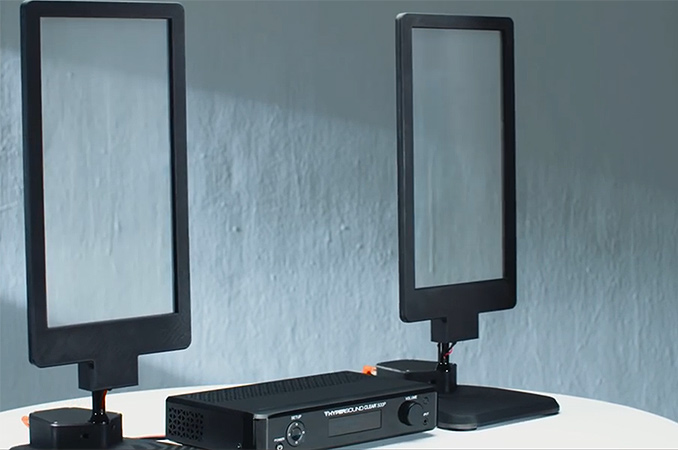
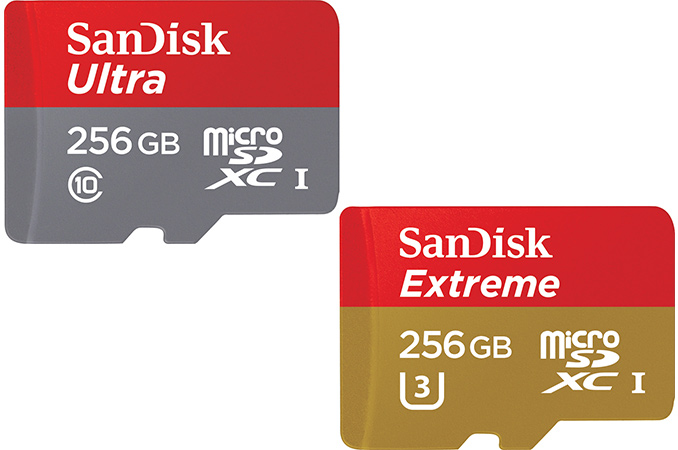
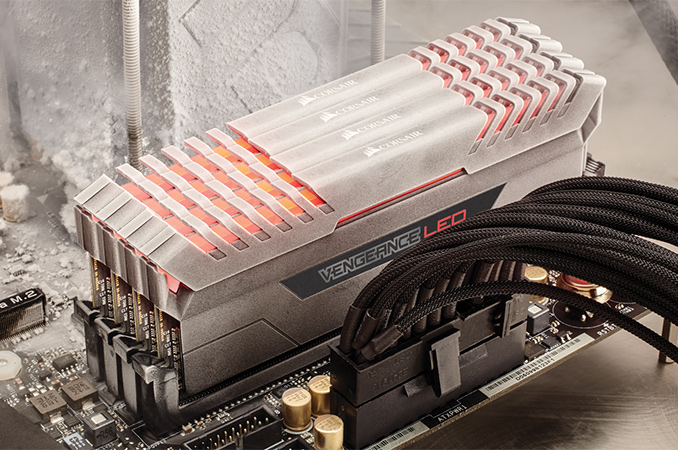

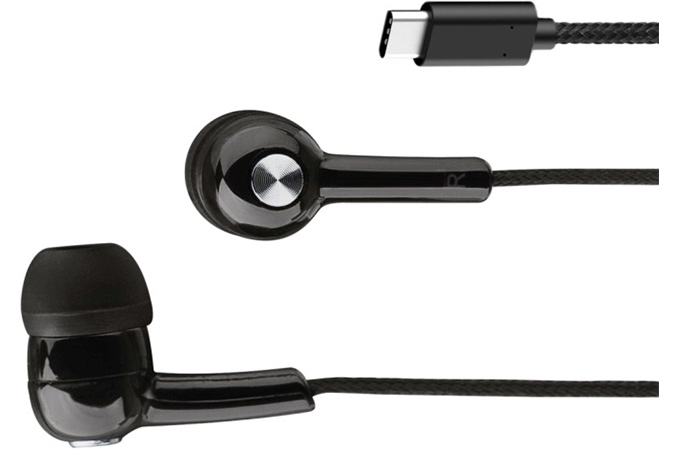
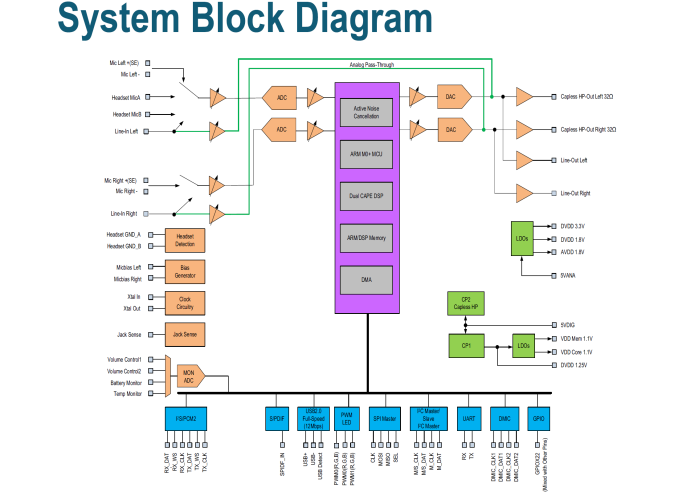
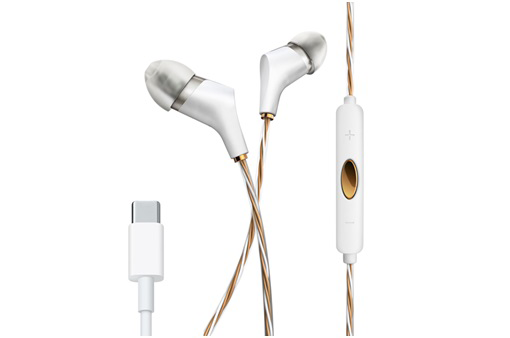
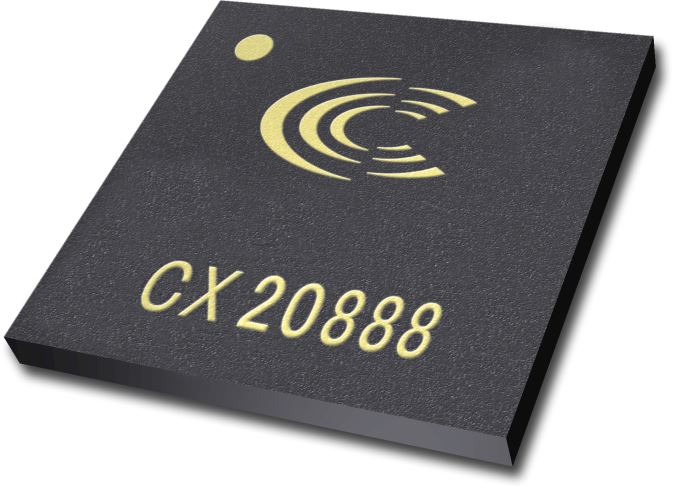

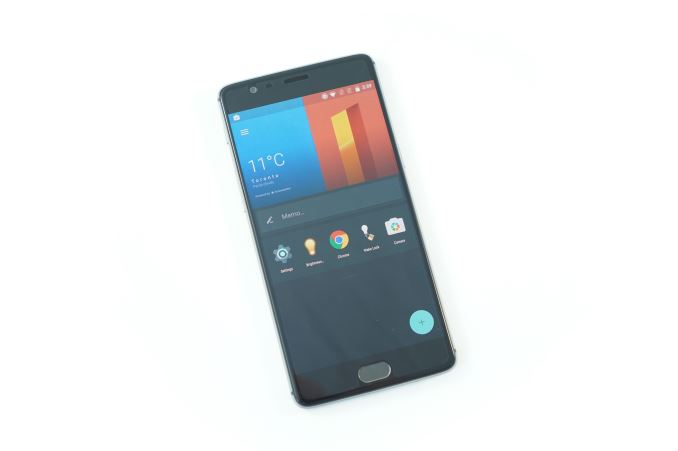
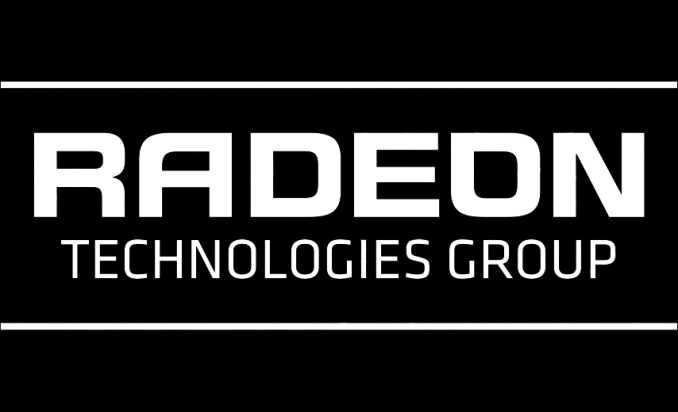
















Bookmarks